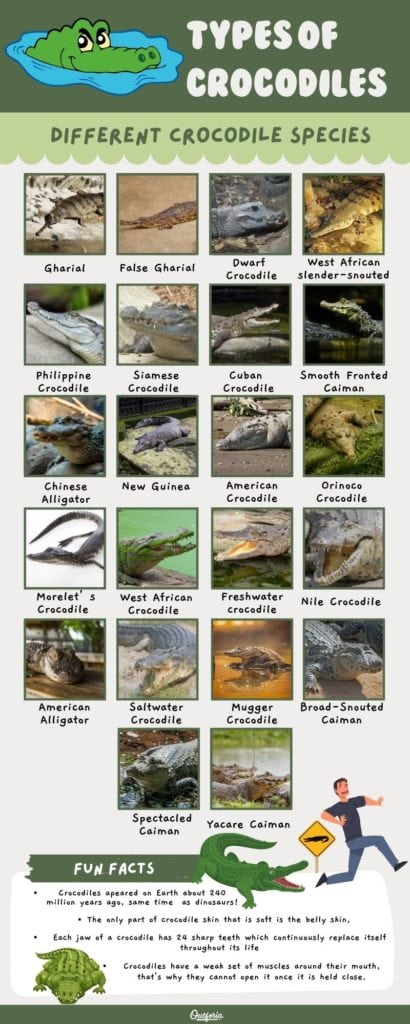What are the SDGs and why are they important?
The Sustainable Development Goals (SDGs), also known as the Global Goals, are a set of 17 goals and 169 targets that were adopted by the United Nations in 2015 as a universal call to action to end poverty, protect the planet, and ensure that by 2030 all people enjoy peace and prosperity. They are based on the principle of leaving no one behind and aim to balance social, economic and environmental sustainability.
The SDGs are the result of a long and inclusive process that involved governments, civil society, academia, private sector, and ordinary citizens from all over the world. They build on the achievements and lessons learned from the previous Millennium Development Goals (MDGs) that expired in 2015. They also reflect the new challenges and opportunities that have emerged in the 21st century, such as climate change, digitalization, urbanization, migration, and inequality.
The SDGs cover a wide range of topics that are interconnected and interdependent. They address the root causes and consequences of poverty, hunger, disease, gender inequality, environmental degradation, conflict, and human rights violations. They also promote innovation, cooperation, and partnerships for achieving sustainable development in all contexts.
Some of the key features of the SDGs are:
- They are universal: they apply to all countries and all people, regardless of their level of development, income, or location.
- They are integrated: they recognize that action in one area will affect outcomes in others, and that trade-offs and synergies need to be considered.
- They are ambitious: they set high targets that require transformative changes in policies, institutions, behaviors, and mindsets.
- They are inclusive: they seek to involve all stakeholders and sectors in the implementation and monitoring of the goals.
- They are adaptable: they allow for different national and local realities, capacities, and priorities to be taken into account.
The SDGs are not legally binding, but they have a strong moral force and political commitment. They are supported by a global indicator framework that helps to measure progress and identify gaps and challenges. They are also aligned with other international agreements and frameworks, such as the Paris Agreement on climate change, the Addis Ababa Action Agenda on financing for development, the Sendai Framework for Disaster Risk Reduction, and the New Urban Agenda.
The SDGs offer a vision of a better and more sustainable future for all. They provide a roadmap for collective action and shared responsibility. They inspire hope and optimism for achieving human dignity and well-being on a healthy planet. They are our best chance to make a difference for ourselves and generations to come.
REFERENCES
Sustainable Development Goals - United Nations Development Programme. https://www.undp.org/sustainable-development-goals Accessed 27/06/2023.
(2) THE 17 GOALS | Sustainable Development. https://sdgs.un.org/goals Accessed 27/06/2023.
(3) Take Action for the Sustainable Development Goals. https://www.un.org/sustainabledevelopment/sustainable-development-goals/ Accessed 27/06/2023.









No comments:
Post a Comment